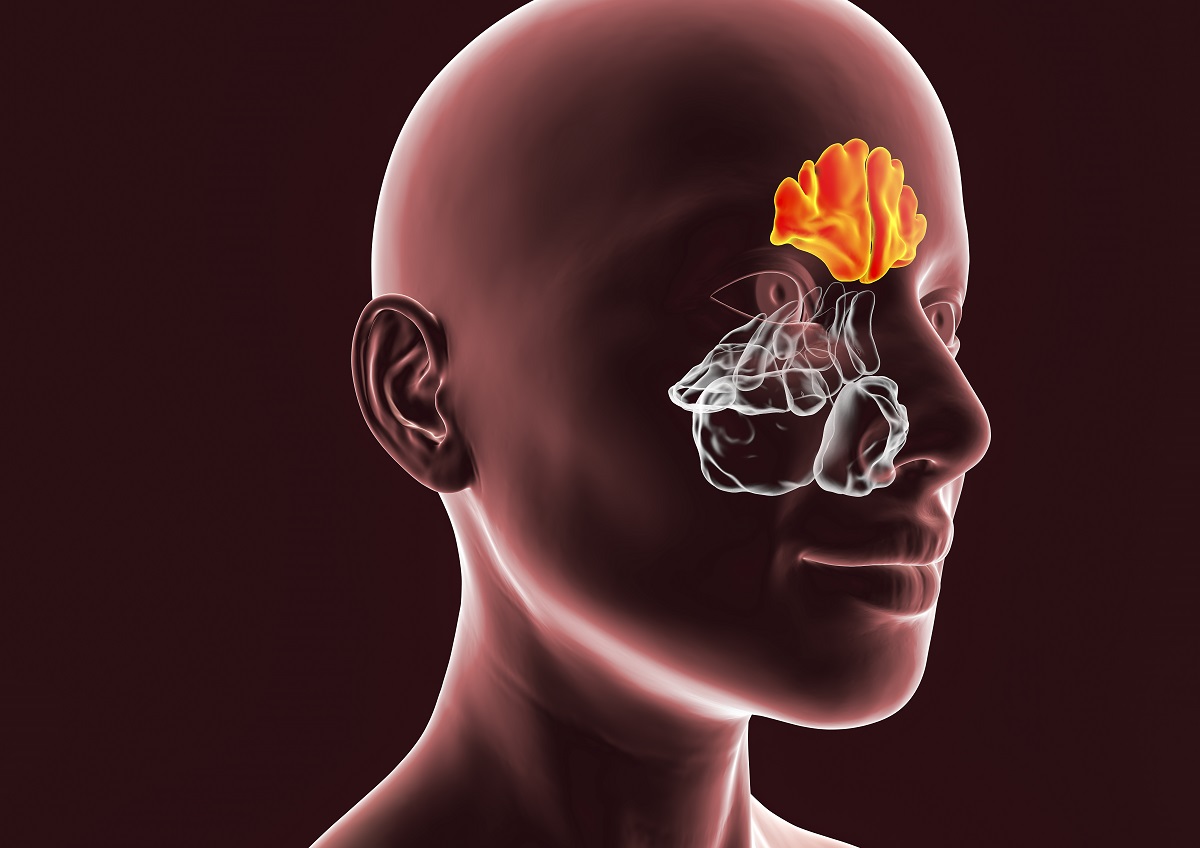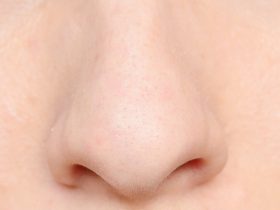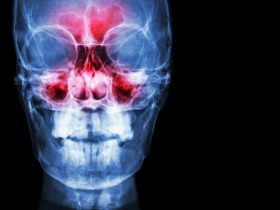In chronic rhinosinusitis (CRS), do symptoms before surgery relate to the operation delays, and do these delays affect outcomes after surgery? In a poster presented at the American Rhinologic Society (ARS) 68th annual meeting, held from September 9, 2022, through September 10, 2022, in Philadelphia, PA, titled “Analysis of the Effects of Delays in Care on Chronic Rhinosinusitis Patients’ Symptom Severity and Outcomes,” researchers from Cedars Sinai Medical Center’s Sinus Center of Excellence and Division of Otolaryngology provided their answer.
CRS happens when the sinuses inside the nose and head are swollen and inflamed for at least three months. It is a complicated disease that affects 3% population in the western world. Even though medications are the first line of defense in a multimodal treatment plan, many patients need functional endoscopic sinus surgery (FESS) to finally relieve symptoms and disease burden. Understanding how surgery delays may affect disease progression and subsequent outcomes is thus a significant public health question.
In this questionnaire-based study, the Research Electronic Data Capture (REDCap) system was used to get information from 100 CRS patients treated at Cedars-Sinai Medical Center. The 22-item Sinonasal Outcome Test (SNOT-22) is a subjective questionnaire that measures typical nasal symptoms and symptoms outside the nose. Each item scores 0 (no problem) and 5 (worst possible problem). For the analysis, patients were split into two equal groups: those who had surgery within 12 months of their surgeon’s initial recommendation and those who did not. Before surgery and three months later, the SNOT-22 score was used to measure how bad their CRS symptoms were.
The results showed that there wasn’t a big difference between the pre-operative SNOT-22 scores of these two groups (39.7 vs. 41.8). Furthermore, when the SNOT-22 scores were examined three months after surgery, there were no significant differences in improvement rates despite the delays in care. These results showed that the average severity of chronic rhinosinusitis symptoms, as measured by the SNOT-22 scores, was not statistically different between these two groups.
Current CRS guidelines recommend that ESS should be a choice, and the decision to have surgery is usually made by the patient and the doctor together. Patients with more symptoms are more likely to try it, while those with fewer symptoms are more likely to stick with medical therapy alone. However, patients who choose to keep getting medical treatment tend to feel less good over time than those who get ESS. This makes us wonder if the decision to delay ESS is bad. If delaying primary ESS puts a patient at risk for less improvement or worse long-term results, the patient should decide to get ESS sooner to avoid these problems.
“Our results suggest that putting off surgery may not slow down the improvement of symptoms after ESS,” the speaker, Michela Borrelli, concluded, “With these results, the idea that surgery done sooner may help more after ESS is called into question. Future research is needed to define how long CRS symptoms last and to figure out when surgery should be done for CRS.”




